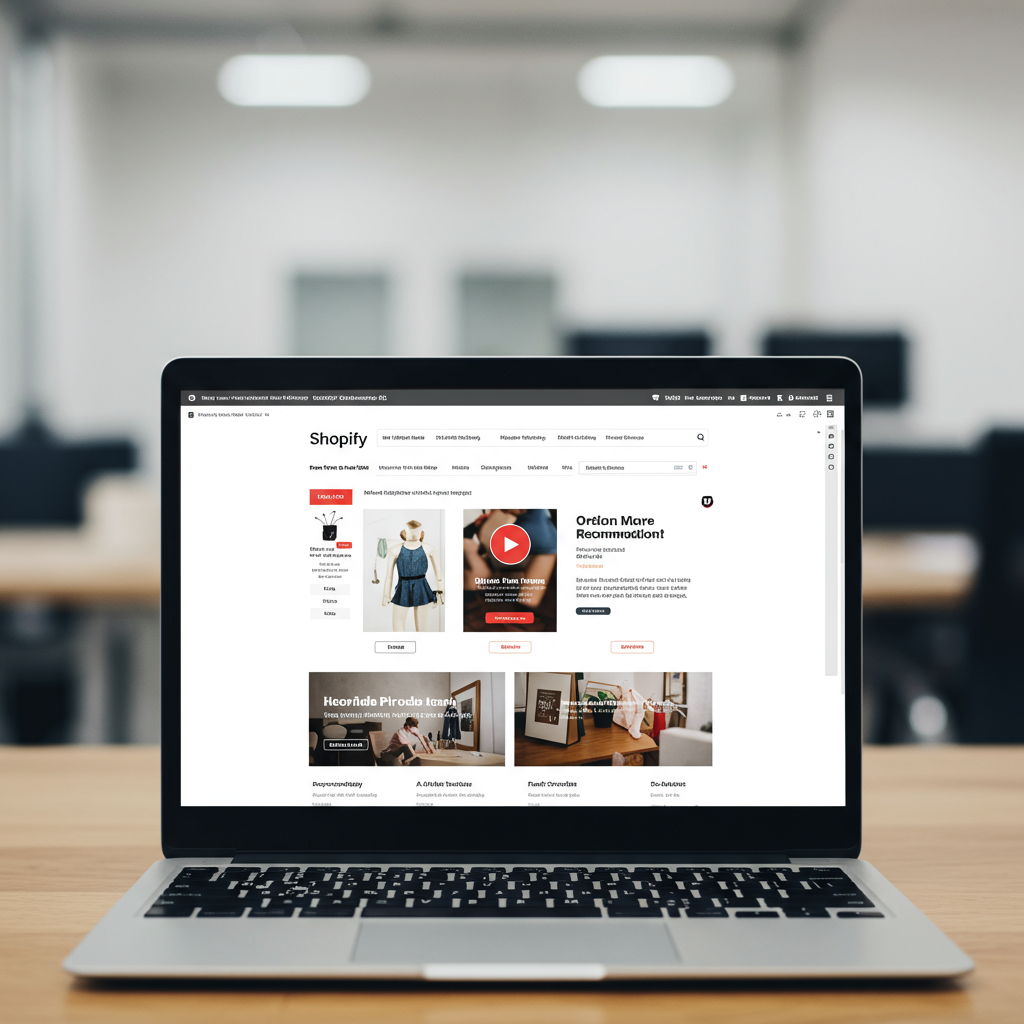Elevate your online store’s first impression and convert more visitors into loyal customers.
Hello fellow Shopify merchants! As we look ahead to 2025, the digital landscape continues to evolve at an incredible pace, presenting both challenges and exciting opportunities for our online businesses.
Your Shopify store’s homepage isn’t just a digital storefront; it’s the virtual front door to your brand, often the very first impression a potential customer gets.
In today’s competitive e-commerce world, a well-designed, optimized homepage is no longer a luxury—it’s an absolute necessity for converting visitors into loyal customers and building a strong brand presence.
I’ve spent a lot of time analyzing emerging trends and best practices in e-commerce design, and I want to share my insights on how you can significantly elevate your Shopify homepage design for 2025.
Our collective goal here is to create a homepage that not only looks aesthetically fantastic but also performs exceptionally, driving engagement, fostering trust, and ultimately boosting your sales.
First, let’s talk about the hero section. This is the prime real estate above the fold, and it needs to grab attention instantly and communicate your core message within seconds.
For 2025, consider moving beyond static images. Think about dynamic, high-quality video backgrounds that showcase your products in action, or interactive elements that invite immediate engagement.
Your main headline should be crystal clear, concise, and immediately communicate your unique selling proposition (USP). What problem do you solve? What makes your brand truly different?
Below the hero, intuitive navigation is paramount. Customers should be able to find what they’re looking for within a few clicks, ideally even fewer, without any confusion or frustration.
Think about implementing mega menus for larger inventories, ensuring clear and descriptive category labels, and placing a prominent, easily accessible search bar. Remember, mobile navigation needs to be equally seamless and user-friendly.
Personalization is going to be a massive differentiator in 2025, largely driven by advancements in AI. Your homepage should dynamically adapt to returning visitors based on their browsing history or past purchase behavior.
This could mean showcasing previously viewed products, recommending complementary items based on their interests, or even tailoring promotional banners to specific customer segments.
Integrate social proof prominently throughout your homepage. Customer reviews, compelling testimonials, user-generated content (UGC), and trust badges build immense credibility and encourage purchases.
Don’t just list them; make them visually appealing and easy to digest. A rotating carousel of glowing reviews or a dedicated section for customer photos can work wonders.
High-quality product imagery and video are non-negotiable. Invest in professional photography and videography. Furthermore, consider incorporating 3D models or augmented reality (AR) previews where applicable.
These immersive experiences help bridge the gap between online browsing and physical interaction, significantly reducing buyer hesitation and increasing confidence in their purchase.
Call-to-actions (CTAs) must be clear, compelling, and strategically placed throughout your homepage. Use action-oriented language like ‘Shop Now,’ ‘Discover More,’ or ‘Get Yours Today.’
Ensure your CTAs stand out visually through color and size, and guide the customer effortlessly through their desired journey. Avoid overwhelming them with too many conflicting choices.
Page speed remains a critical factor for both an optimal user experience and strong SEO performance. A slow-loading homepage will inevitably lead to high bounce rates and lower search engine rankings.
Optimize all your images for web, leverage browser caching, and choose a lightweight, performance-optimized Shopify theme. Regularly test your page speed using tools like Google PageSpeed Insights.
Mobile-first design isn’t just a trend; it’s the undisputed standard. The vast majority of your website traffic will likely come from mobile devices, so this is non-negotiable.
Your homepage must be fully responsive, with all elements resizing and rearranging perfectly for smaller screens. Test it rigorously on various mobile devices and tablets to ensure a flawless experience.
Consider incorporating a blog section or recent articles directly on your homepage. This positions you as an authority in your niche, provides valuable content to your audience, and significantly improves your SEO.
It also gives visitors a compelling reason to stay longer on your site and explore your brand beyond just product listings, fostering a deeper connection.
Accessibility is another key area that will gain even more prominence. Ensure your design is usable by everyone, including those with disabilities, promoting inclusivity.
This means proper color contrast, clear and legible font choices, descriptive alt text for all images, and robust keyboard navigation support. It’s not just good practice; it’s often a legal requirement.
Finally, remember that your homepage is never truly ‘finished.’ It’s an evolving entity that requires continuous attention and refinement.
Regularly analyze your website analytics, conduct A/B tests on different elements (like headlines or CTA colors), and actively gather customer feedback to inform your improvements.
What do you think about these tips? I’d love to hear your thoughts and any strategies you’ve found particularly successful in optimizing your own Shopify homepage!
By continuously optimizing and adapting to new technologies and shifting consumer behaviors, you’ll ensure your Shopify homepage remains a powerful sales engine for 2025 and well beyond.
Embrace innovation, prioritize an exceptional user experience, and watch your conversions soar as your homepage becomes a true asset to your e-commerce success.






